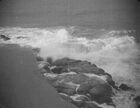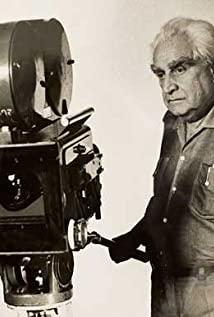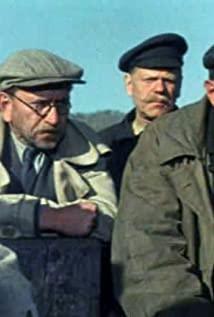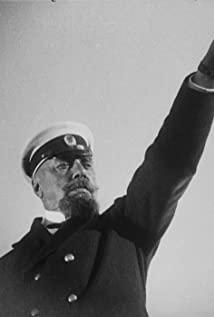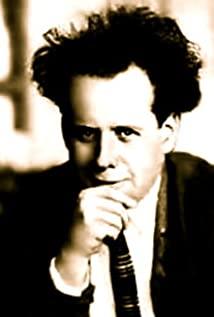Coincidentally, I watched Potemkin on Saturday, and the extranet tutorial I watched on Sunday happened to also talk about the editing structure of the Odessa ladder. On Monday, I listened to the montage taught by the professor, and I was immersed in Potemkin for three consecutive days. In the black and white magic of the gold number.
To be honest, I am more interested in montage than the story of the film itself. When did the real interest begin? It's actually quite late when I think about it this way. It was the first time I watched "Chicago" this winter vacation. As a lover of musicals and musicals, I always think about how this movie combines musical arias with actors, scenes, and editing to achieve a tremor effect comparable to musicals. More orthodox musicals adapted from musicals such as "The Sound of Music" and "Les Miserables", or original musicals such as "La La Land" and "The King of the Circus", are mostly based on the way the actors transition from speaking to singing. , let the song serve the narrative and emotional externalization (of course the combination of montage and chorus in One Day More from Les Misérables really hits my heart). But the song and dance "Chicago", which is also a Broadway musical adaptation, is different. He adopts a unique way of shooting - all the song and dance segments are based on montage, and the narrative scenes and stage performance scenes are continuously performed. Cross-editing, the unique stage performance of musicals is integrated into the film, the editing rhythm is very particular, and the appeal is excellent. I am really amazed. The most difficult thing about adapting a stage play into a movie is that the camera lens often can't give you the tremor power that the stage can give you, the atmosphere, the emotion on and off the stage, and even the close resonance of breathing. This is what the movie does. not reach. But the use of montage in this place greatly enhances the appeal, like "stealing" things on the stage into the movie.
The professor's class was very good, and although I almost fell asleep on the elusive "Schrödinger's subtitles" in the last, somewhat lengthy example, I can still review the first two examples. I really like that montage of Schindler's List, it's so beautiful. The key is that I didn't have the concept of montage when I watched it for the first time, but when I saw those cross-cuts going back and forth, the three lines were so subtly intertwined, combined with more synchronized pictures, emotional trends and sounds. Control, this way of thinking left a deep impression on me. I think this is the essence of montage, you don't even know it's montage, but your perception is completely controlled by the movie, and you unconsciously hand over your psychological control to the filmmaker people. In fact, all techniques are like this. When we study editing art, we often hear that the bearded foreigner mentions a word called control to you. How we shoot and cut depends on what kind of feeling we want the audience to get, and the essence of this feeling is It is to map the creator's feelings, whether the creation starts from the heart, the so-called montage and various techniques are all auxiliary tools. Including the description of Zhang Ziyi's character from novice to master in "Memoirs of a Geisha", how many scenes and how many shots are covered in more than two minutes. At first glance, this fast-paced narrative saves time and increases narrative density, but in fact, it is the film's Its overall rhythm is very precisely controlled. What we want is later. Before that, the rhythm cannot be set too slow. Otherwise, if the audience's attention is deviated, you are equivalent to returning the emotional control of the audience.
I have also studied the Oscar film "Parasite", which has been a hit in the past six months, and even the third brush is dedicated to focusing on editing ideas. "Parasite" uses a lot of montage techniques, mostly used in conjunction with upgraded footage and symphony soundtrack, giving people an excellent audio-visual experience. This is in such a narrative segment with multiple characters and multiple scenes, multiple actions and few lines. It's very funny. On the whole, the editing rhythm is also very well controlled. It is indeed a masterpiece that took several months with my beloved editor Yang Jinmo and Director Feng haha.
Of course, I have also seen a few negative cases of misuse of montage, so I won't go into details here. The feeling is that montage is a very useful idea for narration, externalization of the theme or driving perception, but no matter what film you shoot, don’t montage for montage’s sake, don’t use technique for technique’s sake, first express this Things are dug out from the depths of my heart, and I can no longer understand it. I will know what techniques to use, but if there are some reserves, I will naturally choose according to my heart. I admit that I seem to have summed up a nonsense, but I do always think that this level of sincerity is actually quite difficult in creation.
View more about Battleship Potemkin reviews





